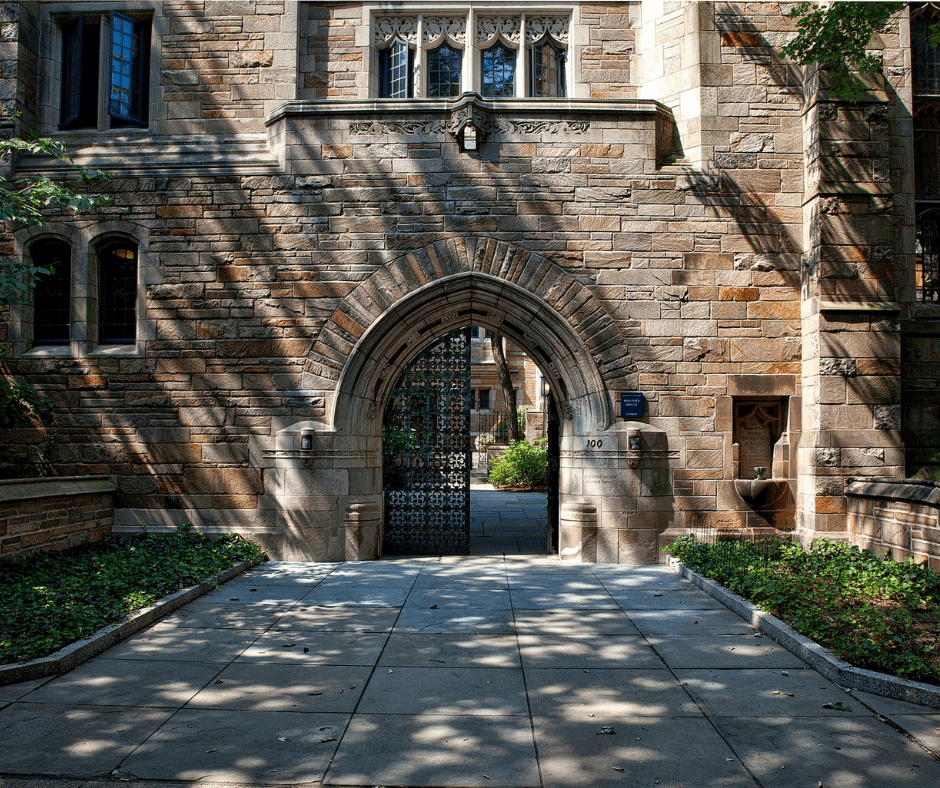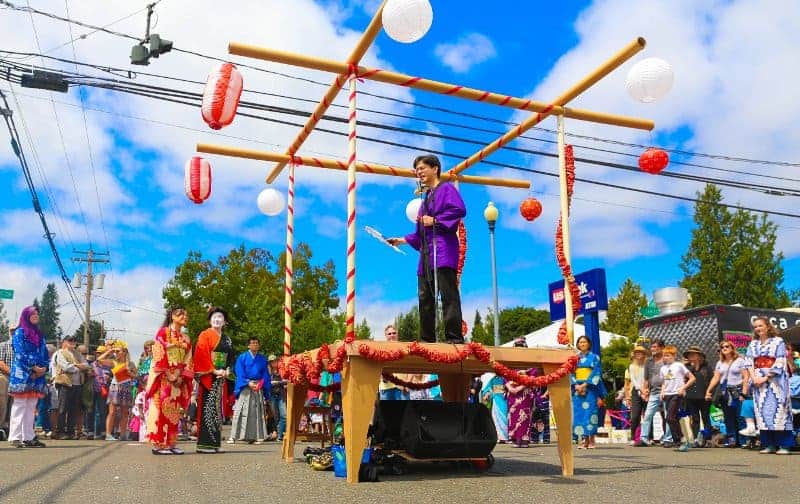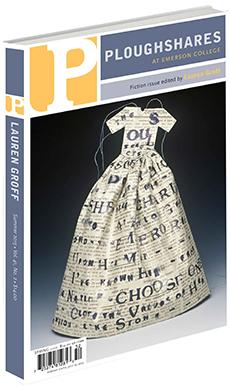
I was honored to have a story published in the Vashon-Maury Island Beachcomber this week as part of the Literary Project of Open Space for Arts and Community and their !Attention! Artists at Work program. The theme for the project was “Close to Home.”
SENIOR YEAR
By Thomas Hitoshi Pruiksma
Janelle stared at the computer screen with dread. Her granddaughter had talked her through using Room or Boom or whatever it was called more times than she could count, but getting ready to do it always made her feel nervous. “Just follow your list,” she heard Gweneth saying. Now that Gweneth was almost done with college, she called herself Gwen, but Janelle still thought of her as Gweneth. Gweneth told her it was fine, “You have grandmother’s rights,” but Janelle still wanted to honor her wishes.
Outside the window she saw Barbara, her closest neighbor, taking out the garbage with her purple-pink mask. At least when she talked on her computer Janelle didn’t have to wear a mask. How else could she make herself understood?
Gweneth’s helpful list, which Janelle had taped to the tabletop beside her large mouse, said the next thing to do was to click the link in her email. She’d managed to find the link and clicked the left button on her mouse with her right index finger, watching the screens open and close. Join with video? Yes. Join with audio? Yes. But when Gweneth appeared, her screen looked different than last time.
“Grandma,” Gweneth said, “can you hear me?” She seemed to be standing outside. Janelle had expected to see Gweneth’s bedroom, since she was home from college for the month.
“Loud and clear, my dear,” she answered.
“Oh good,” said Gweneth.
“But Gwen, for some reason, your picture looks different. There are these bars on both sides of your face. Do I need to adjust something?”
“Oh, that’s fine, I’m on my cell phone, Grandma.”
“You can use Joom on your cell phone?”
“Yes, Grandma, you can use Zoom on a cell phone. I’ll show you sometime.”
“Zoom, yes, of course.” Janelle picked up her pencil to write down the name, then saw that she’d written it already. Why hadn’t she remembered to look? Maybe she should write the letters a little darker.
“Grandma,” Gweneth said, “I have a surprise for you.”
Actually it wasn’t completely a surprise. During their last “Grandma Tea,” Gweneth had mentioned she might have a surprise for her next time. Still, Janelle felt a little rush of anticipation, as if she herself were the granddaughter, not Gwen.
“Just talking to you is a surprise, my dear. I’m still amazed I can get this thing to work.”
“This is a bigger surprise than that. Look out your front window, Grandma.”
“The window?” She looked out again and instead of Barbara with her mask she saw Gweneth, standing with her phone. “Gweneth! What are you doing out there?”
“Well,” she said, her voice coming from inside and outside, “I can attend class from anywhere now, so I quarantined myself and got myself tested. Would you mind some company for a time?”
And Janelle stood from her chair unable even to say, “No, not at all, come in.”
Read the story in the Vashon-Maury Island Beachcomber.
Open Space for Arts and Community designed !Attention! Artists at Work to fund artists financially impacted by COVID-19 to create public art. The entire Literary Project collection will soon be available online for free.




